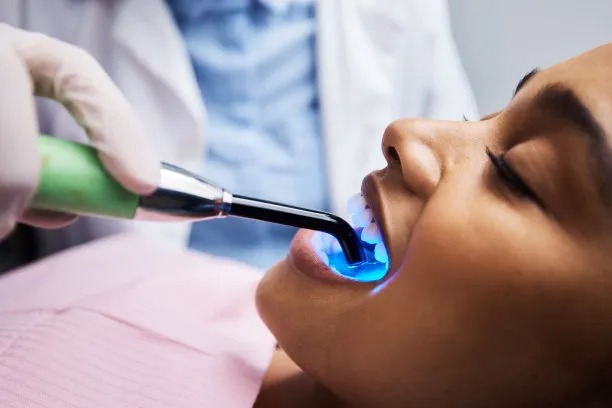Essential Guidelines to Follow Before and After Receiving a Dental Filling for Optimal Oral Health Maintenance
Summary: This article provides essential guidelines for individuals preparing to receive dental fillings and those managing their oral health afterward. It emphasizes the importance of pre-appointment preparations, immediate post-procedure care, ongoing maintenance strategies, and recognizing potential complications. By following these outlined guidelines, patients can ensure the longevity of their dental fillings and contribute to their overall oral health. Understanding these essential steps not only enhances recovery but also encourages a proactive attitude towards dental health management.
1. Preparing for Your Dental Filling Appointment

Before you head to your dental filling appointment, preparation is key. First and foremost, ensure that your dental provider is fully aware of your medical history. Certain medical conditions or medications may affect the procedure or recovery. By keeping your dentist informed, you can receive tailored care that minimizes risks.
Next, consider your diet leading up to the appointment. Avoiding sticky, hard, or chewy foods will help you prevent exacerbating any existing dental issues. Eating a good meal beforehand can also be beneficial, especially if you’re scheduled for a local anaesthetic, which may temporarily numb your ability to eat post-procedure.
Lastly, plan your day around your appointment. You might experience discomfort or sensitivity afterward, so it’s wise to arrange a lighter schedule and allow for some downtime. Transportation to and from the appointment should also be considered, particularly if sedation is involved.
2. Immediate Care Following the Filling Procedure
After receiving a dental filling, immediate care is crucial to ensure optimal recovery. One of the first things to consider is the numbness from local anaesthesia. Avoid chewing food until the numbness wears off to prevent accidentally biting your tongue or cheek.
Post-procedure, you may experience sensitivity in the filled tooth. Using toothpaste designed for sensitive teeth can alleviate discomfort. Additionally, it’s recommended to avoid extremely hot or cold beverages for the first few days to minimize discomfort.
Pay close attention to any unusual pain or swelling. While some sensitivity is normal, persistent discomfort can indicate complications requiring your dentist’s attention. Keeping communication open with your dental professional can provide reassurance and guidance during your recovery period.
3. Long-term Maintenance for Your Dental Filling
Maintaining the health of your dental fillings requires diligence. Regular dental check-ups play a vital role in ensuring your filling remains intact. Dentists can promptly identify any signs of wear or decay surrounding the filling, allowing for timely interventions when necessary.
Additionally, practicing good oral hygiene is essential. Brush your teeth at least twice a day and floss daily, ensuring you clean around the filling site to prevent plaque build-up. Using an antibacterial mouthwash can provide an extra layer of protection against decay.
Moreover, be mindful of the foods you consume. Avoid biting down on hard candies or ice, which can stress the filling and potentially cause damage. Opt for a balanced diet rich in calcium and vitamins that support dental health and overall well-being.
4. Recognizing Complications and When to Seek Help
While many patients successfully manage their dental fillings, it’s crucial to recognize early signs of complications. Symptoms such as persistent pain, swelling, or a change in the filling’s appearance should not be ignored. These may indicate underlying issues requiring professional assessment.
Discoloration around the filling could suggest decay, while a feeling of pressure or heaviness might point to a poorly fitted filling. If you notice any of these signs, contacting your dentist as soon as possible can prevent more significant problems down the line.
In cases of acute discomfort or other alarming symptoms, do not hesitate to reach out for emergency dental care. Prompt action can often save your tooth, ensuring the longevity of your dental fillings and maintaining your smile.
Summary:
Maintaining optimal oral health involves careful preparation before receiving dental fillings, effective aftercare, ongoing maintenance, and awareness of potential complications. By adhering to these guidelines, individuals can enhance the success of their dental procedures and promote healthier smiles.
This article is compiled by Vickong Dental and the content is for reference only.



